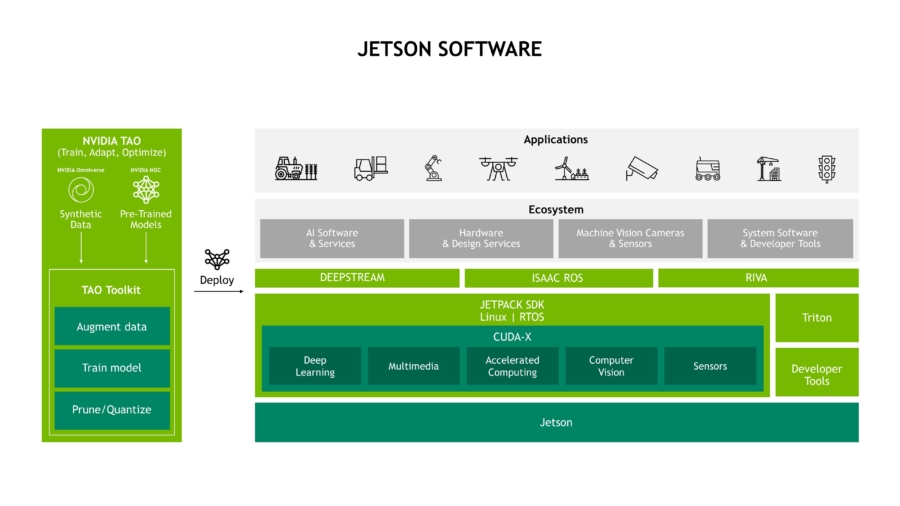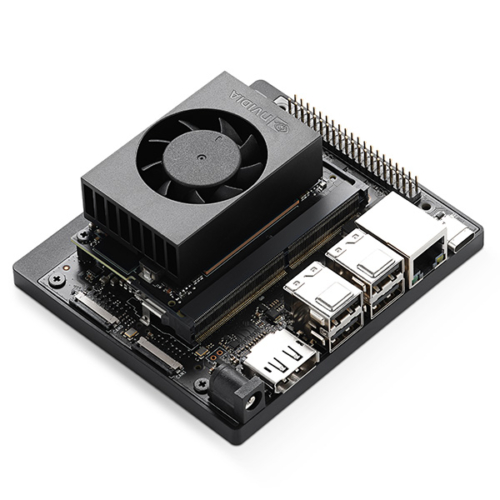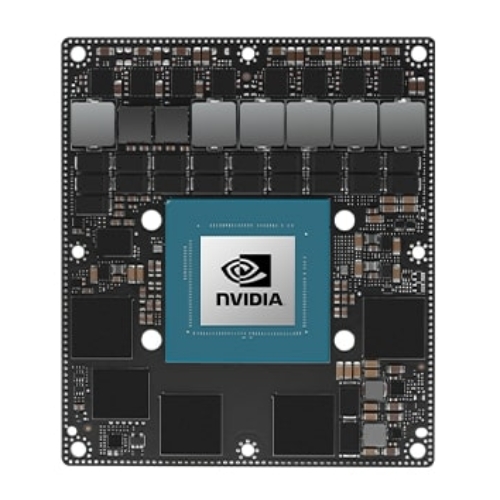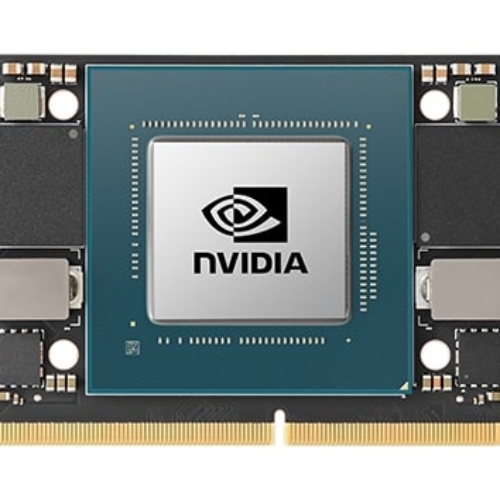In this article:
- What is Edge AI? and How does it work?
- What are the benefits of Edge AI?
- NVIDIA Jetson Accelerating Next-Gen Edge AI and Robotics

What is Edge AI? and How does it work?
What is it?
Edge AI is a type of artificial intelligence (AI) that processes data close to the source, rather than relying on cloud or server-based computing. It can be used for tasks such as image recognition, object detection, and facial recognition—all without needing an internet connection. This makes edge AI ideal for applications where real-time responses are needed with minimal latency.
Edge AI also offers increased privacy benefits since no data needs to leave the device and be stored in the cloud. Additionally, due to its distributed nature and low power requirements, edge AI often provides more efficient solutions than traditional cloud-based approaches. As a result, it has become increasingly popular across many industries including healthcare and retail.
How does Edge AI Technology Work?
For machines to see, perform object detection, drive cars, understand speech, speak, walk or otherwise emulate human skills, they need to functionally replicate human intelligence.
AI employs a data structure called a deep neural network to replicate human cognition. These DNNs are trained to answer specific types of questions by being shown many examples of that type of question along with correct answers.
This training process, known as “deep learning” often runs in a data centre or the cloud due to the vast amount of data required to train an accurate model, and the need for data scientists to collaborate on configuring the model. After training, the model graduates to become an “inference engine” that can answer real-world questions.
In edge AI deployments, the inference engine runs on some kind of computer or device in far-flung locations such as factories, hospitals, cars, satellites and homes. When the AI stumbles on a problem, the troublesome data is commonly uploaded to the cloud for further training of the original AI model, which at some point replaces the inference engine at the edge. This feedback loop plays a significant role in boosting model performance; once edge AI models are deployed, they only get smarter and smarter
What are the benefits of Edge AI?
Edge AI technology is becoming increasingly popular as it offers a number of benefits compared to traditional cloud-based machine learning models.
- 1. Improved efficiency in processing data: Edge AI can significantly reduce latency, allowing for faster response times to queries.
- 2. Offline capabilities: Edge AI eliminates the need for constant internet connection and allows devices to operate with or without an internet connection.
- 3. Enhanced user experience: By analyzing data locally, edge AI systems enable better personalization of content and services tailored specifically to each individual user’s needs and context.
- 4. Improved accuracy of analytics due to real-time data processing: With more powerful computing abilities being available at the edge, it is possible to process complex datasets quickly and gain insights from them on-the-go accurately compared to cloud models that often require large aggregated datasets over time periods before drawing meaningful conclusions from them.
- 5. Reduced bandwidth costs associated with transferring large amounts of raw data over networks for cloud computing or storage purposes as only relevant information needs to be transferred instead of all the raw input collected by sensors or other sources such as cameras etc.
- 6. Security benefits since sensitive data can remain within device itself rather than having it travel across networks where malicious attackers may try breaking into it
NVIDIA Jetson Accelerating Next-Gen Edge AI and Robotics
AI is driving competitive advantage – from automating business processes and gaining insight through data analysis, to engaging with customers and employees.
NVIDIA Jetson is the world’s leading platform for autonomous machines and other embedded applications. Including small form factor Jetson modules, high-performance computers, the NVIDIA JetPack SDK for accelerating software, and an ecosystem with sensors, SDKs, services, and products to speed up development. Jetson is compatible with the same AI software and cloud-native workflows used across other NVIDIA platforms delivering the power-efficient performance customers need to build software-defined autonomous machines.
Scalable, Flexible Embedded Hardware Solutions
Each NVIDIA Jetson is a complete System on Module (SOM) including GPU, CPU, memory, power management, high-speed interfaces, and more. Available in an extended range of performance, power-efficiency, and form factors they are being used by customers across all industries. Jetson ecosystem partners provide software, hardware design services, and off-the-shelf compatible products from carrier boards to full systems, so you can get to market faster with AI embedded and edge devices.
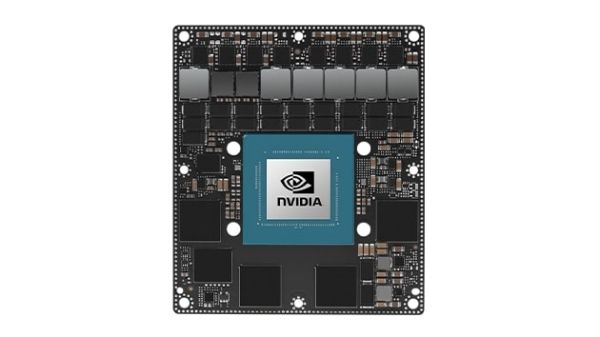
Jetson AGX Orin Series
Bring your next-gen products to life with the world’s most powerful AI computer for energy-efficient autonomous machines. Up to 8X the performance of the last generation, 275 trillion operations per second for multiple concurrent AI inference pipelines, and high-speed interface support for multiple sensors make this the ideal solution for applications from manufacturing and logistics to retail and healthcare.
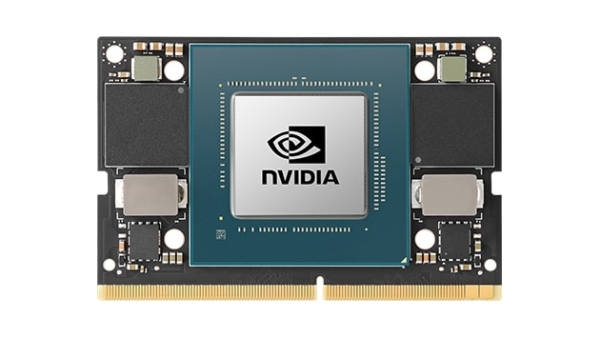
Jetson Orin NX Series
Experience the world’s most powerful AI computer for autonomous, power-efficient machines in the smallest Jetson form factor. It delivers up to 5X the performance and twice the NVIDIA CUDA cores of the NVIDIA Jetson Xavier NX, plus high-speed interface support for multiple sensors. With 100 TOPS for multiple concurrent AI inference pipelines, Jetson Orin NX gives you big performance in an amazingly compact package.
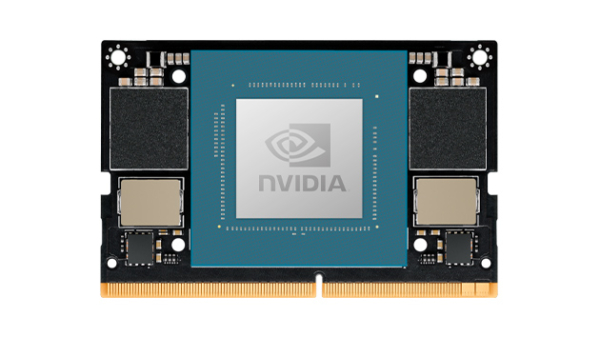
Jetson Orin Nano Series
NVIDIA Jetson Orin Nano series modules deliver up to 40 TOPS of AI performance in the smallest Jetson form factor, with power options between 5W and 15W. This gives you up to 80X the performance of NVIDIA Jetson Nano and sets the new standard for entry-level edge AI.
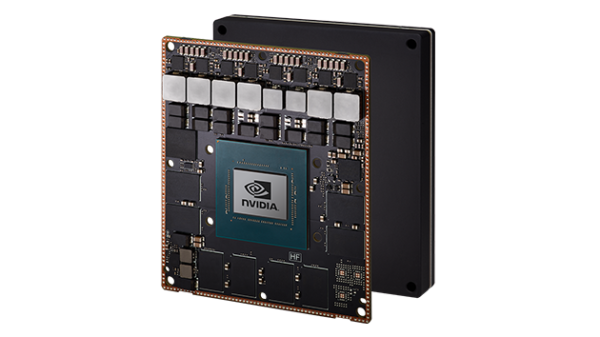
Jetson AGX Xavier Series
Jetson AGX Xavier is the first computer designed specifically for autonomous machines. This compact, power-efficient module includes hardware acceleration for the entire AI pipeline and lots of high-speed I/O, so customers can bring their latest AI applications to the edge. For customers who want to create industrial-grade and/or safety-certified products, Jetson AGX Xavier Industrial offers extended temperature range, shock, and vibration specifications as well as new functional safety capabilities.
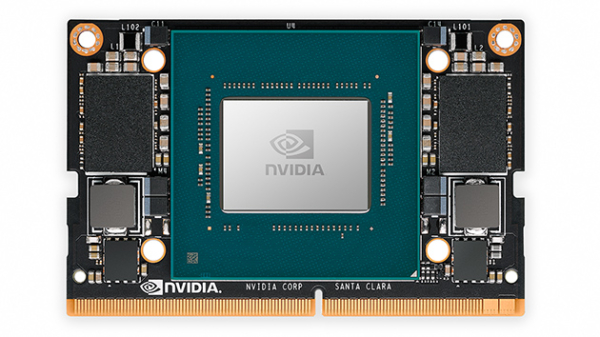
Jetson Xavier NX Series
Jetson Xavier NX brings up to 21 TOPs of accelerated AI computing to the edge in a small form factor module. It can run multiple modern neural networks in parallel and process data from multiple high-resolution sensors—a requirement for full AI systems. Jetson Xavier NX is production-ready and supports all popular AI frameworks.
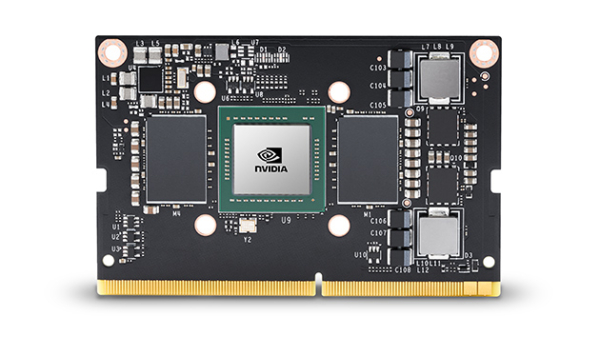
Jetson TX2 Series
The extended Jetson TX2 family of embedded modules gives you up to 2.5X the performance of Jetson Nano in as little as 7.5W. Jetson TX2 NX offers pin- and form factor compatibility with Jetson Nano, while Jetson TX2, TX2 4GB, and TX2i all share the original Jetson TX2 form factor. The rugged Jetson TX2i is ideal for settings including industrial robots and medical equipment.
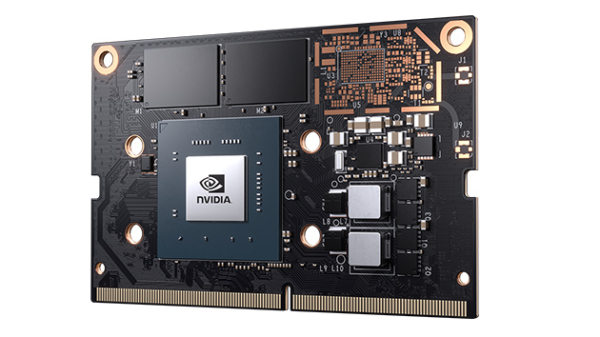
Jetson Nano
The Jetson Nano module is a small AI computer that has the performance and power efficiency needed to run modern AI workloads, multiple neural networks in parallel, and process data from several high-resolution sensors simultaneously. This makes it the perfect entry-level option to add advanced AI to embedded products.
